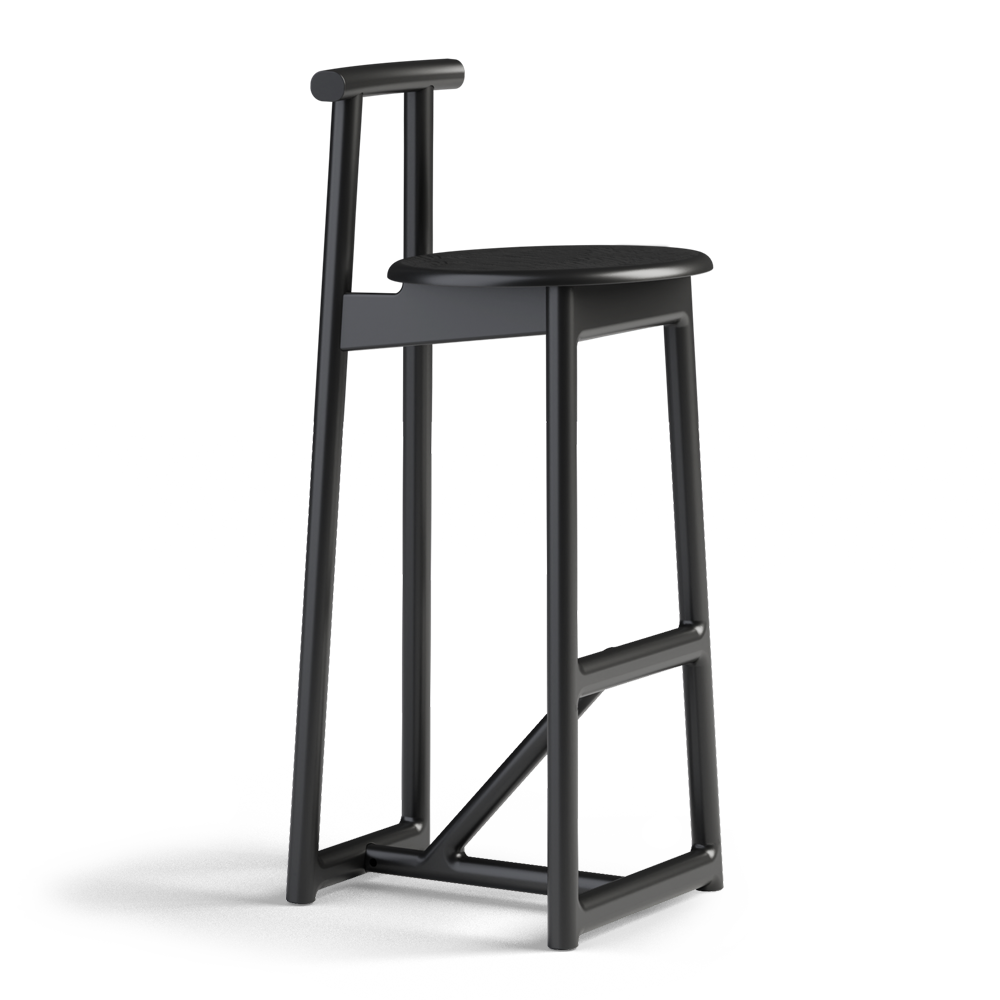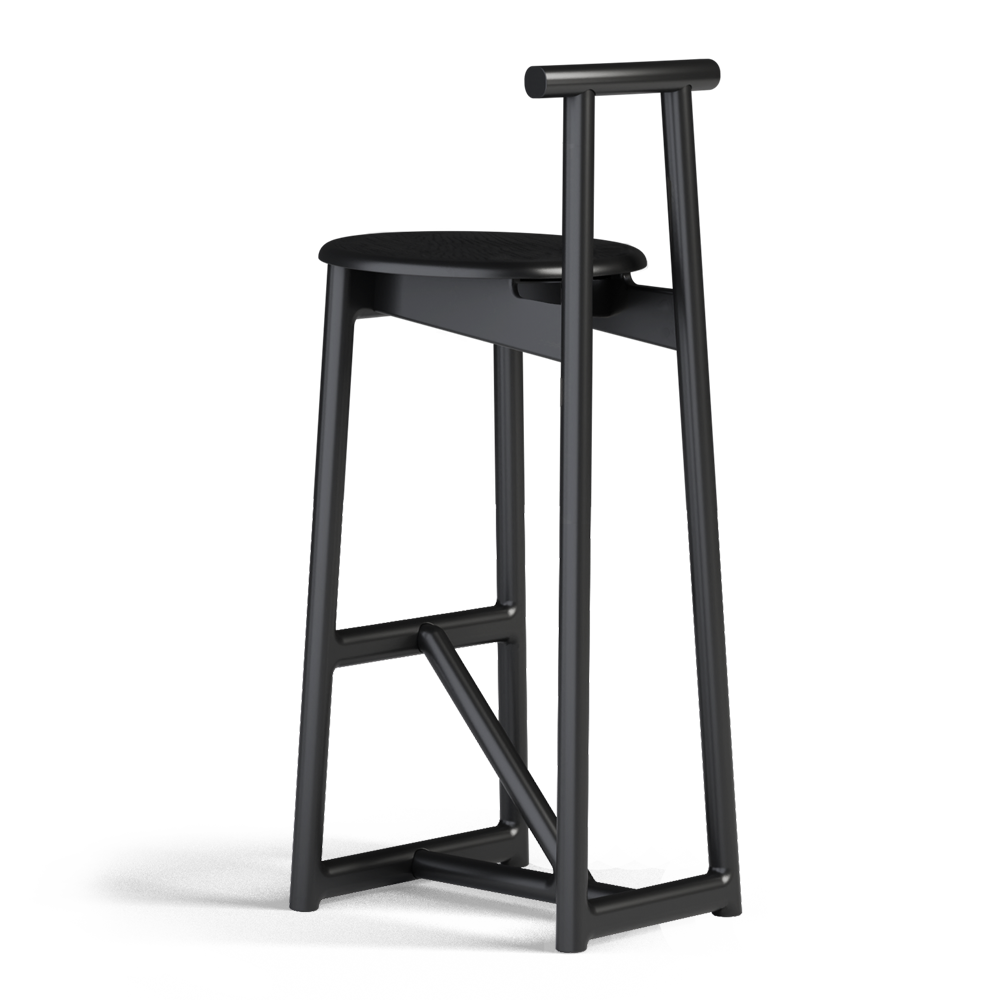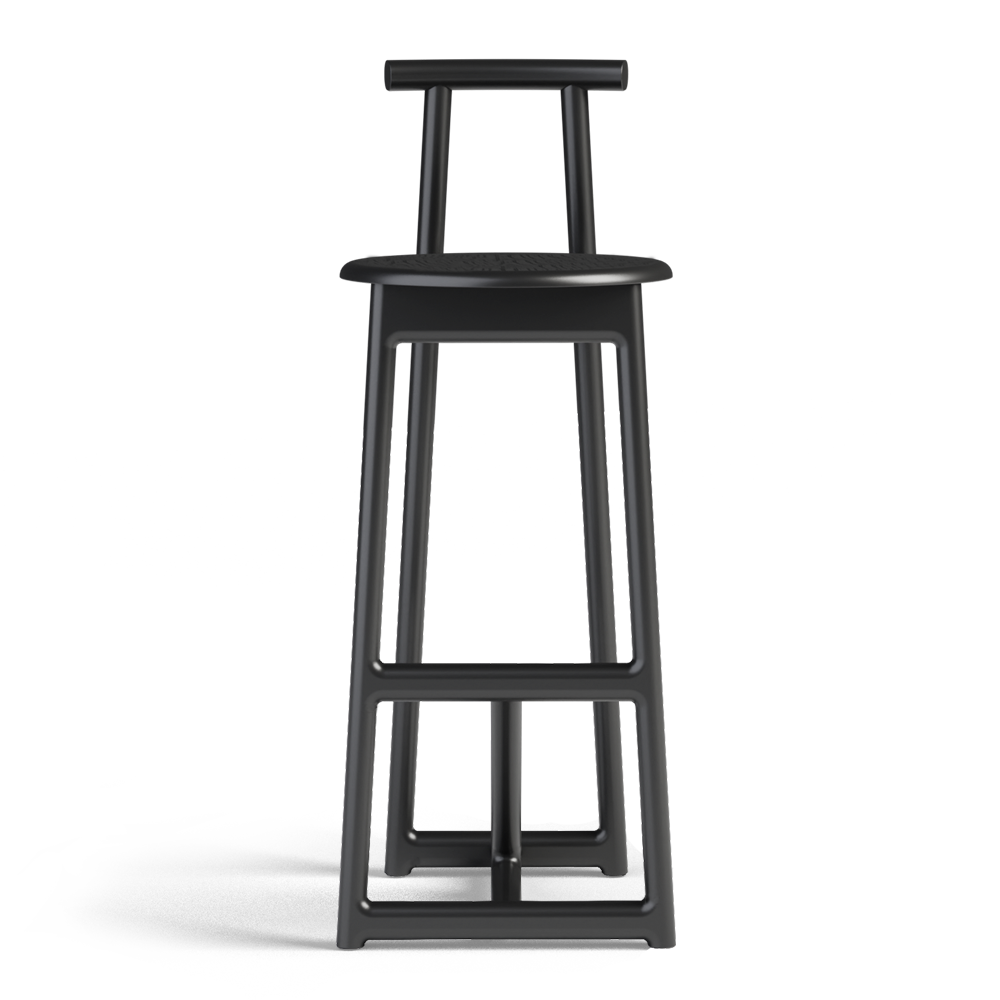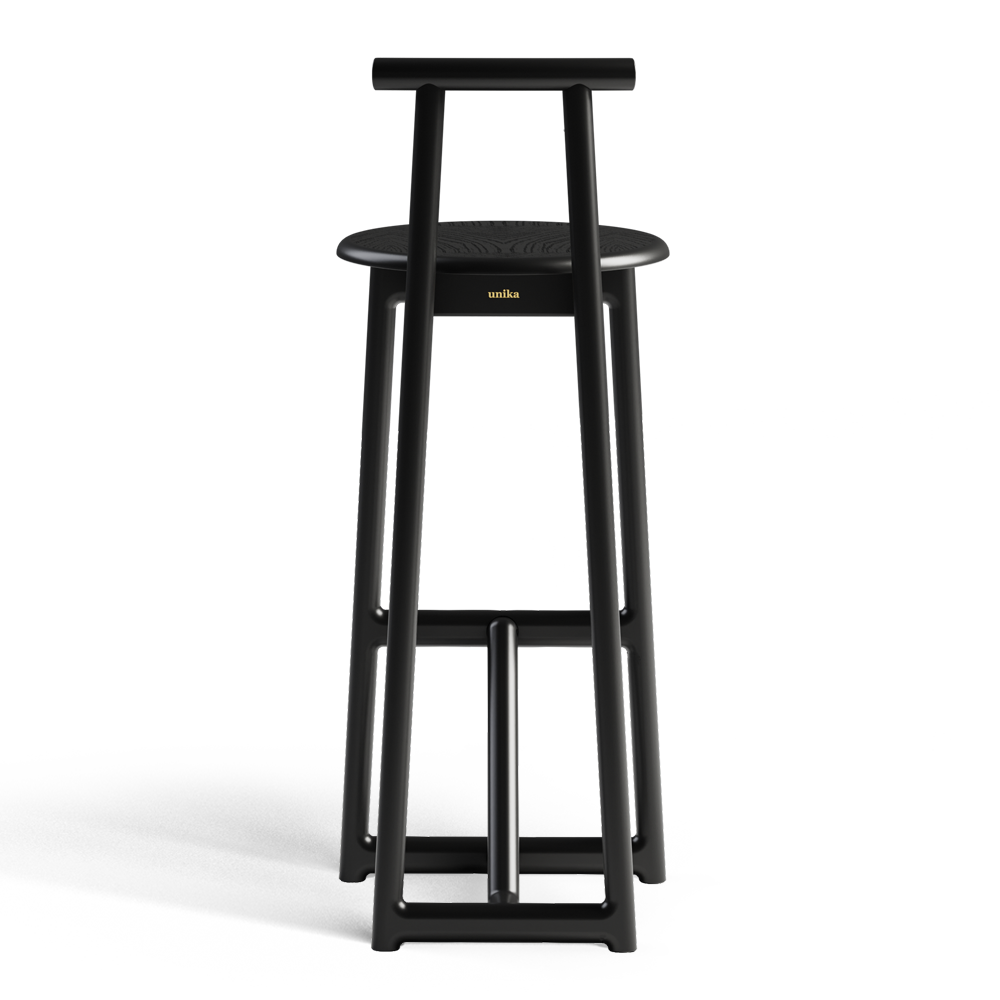Bar stool Kata
Kata is the most compact model form the chairs range in the Unika Møblar. Small sizes allow to integrate it into small spaces. The stool is made of birch moisture-proof plywood. Thanks to its ascetic design, this item will perfectly match the interiors in stylistically different spaces adding to them a strict graphic and attractive charm of the East. The comfortable shape of the seat with rounded edges makes it easy to change your position on the chair, which will be appreciated by visitors to bars, restaurants and cafes. The item is made in different sizes: semi-bar and bar.
Contact our sales team for more details
The stylistic basis of the Kata bar stool is the image of a Japanese curved katana sword, the length of which is equal to the height of the object itself.
The stylistic basis of the Kata bar stool is the silhouette of a Japanese curved sword (katana). Its length is equal to the height of the chair. The collective image of the object resembles the graphic design of the hieroglyph 刀 Katana and the shape of the torii – one of the iconic symbols of Japan – the entrance arch of the temple complex.
Since the main perspective of bar stools is the back view, this image is immediately subconsciously read at the first glance at the back of the chair and its high supports.
Another characteristic symbol of the country of the rising sun is expressed in the round shape of the seat.
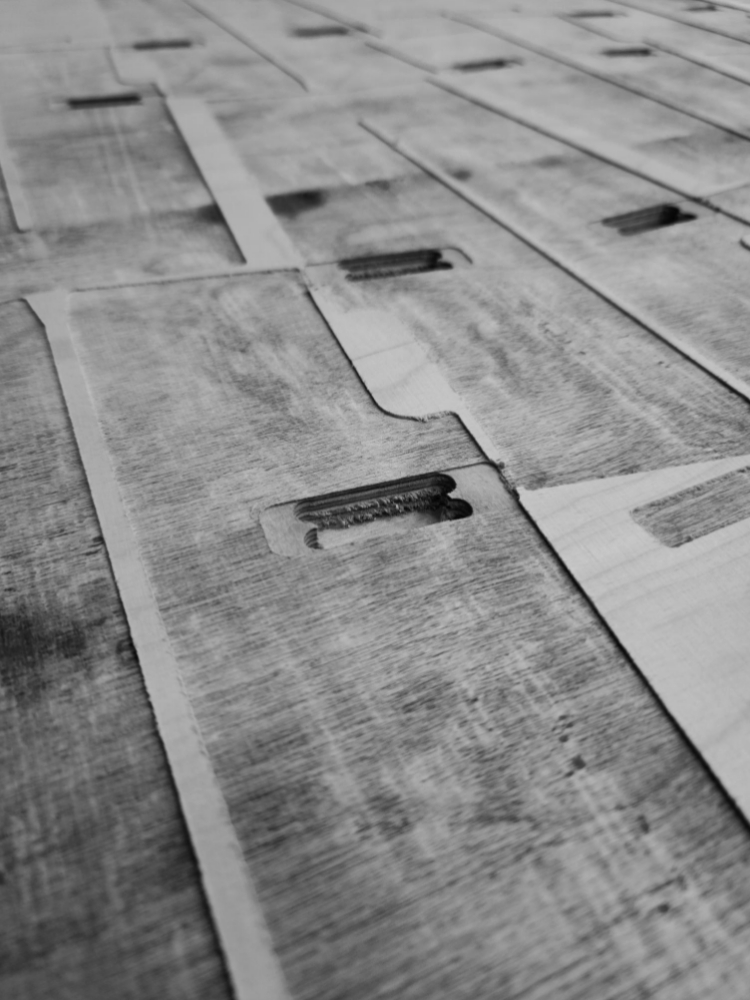
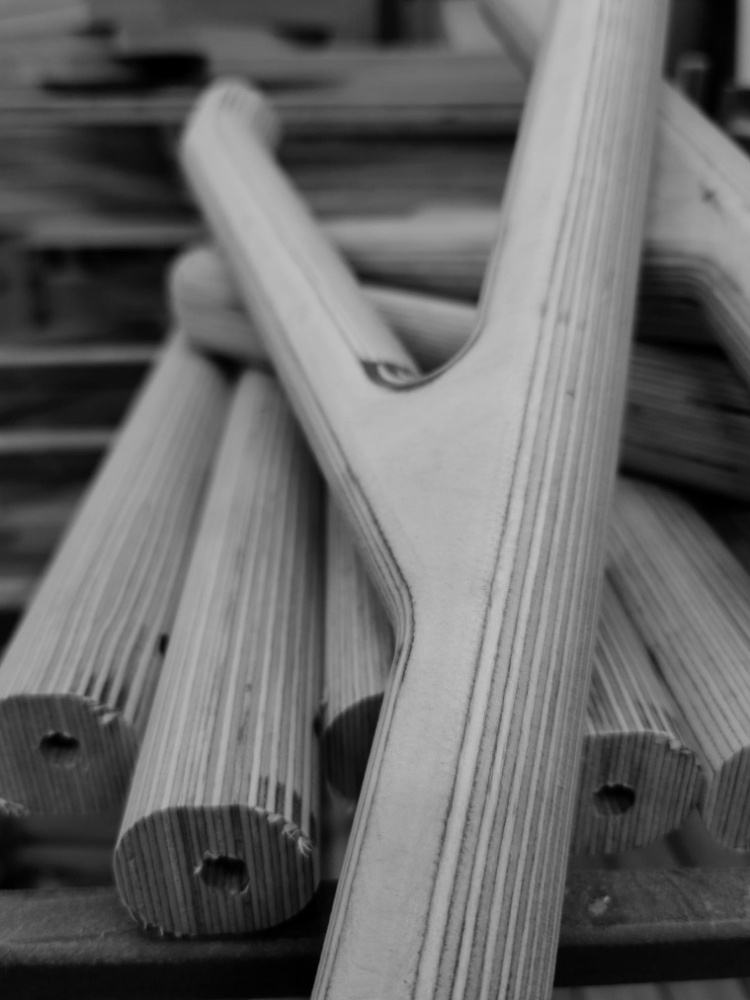
Often, when searching for a bar stool, we face a lack of a good quality and a variety of products in this category. Therefore, our goal was to develop a compact and comfortable bar stool.
Speaking of compactness, the thought of Japan and its everyday minimalism naturally pops up in the head. This led to the initial formation of an image: something very characteristic for Eastern culture, but without direct quotation. Gradually, the form absorbed the iconic elements of the land of the rising sun.
It was important for us to keep functionality as a dominant and leave only tiny hints of recognizable symbols, creating a laconic silhouette. One of the difficulties we encountered was getting a rigid wooden structure with the minimum possible number of lintels. The solution was the idea to create a fork-shaped side, which, due to the resulting diagonal, creates the strength of the frame and protects it from loosening. The back and rear jumper at the base are equal in length. This technique balances the dynamics set by the back supports, making the object harmonious.







